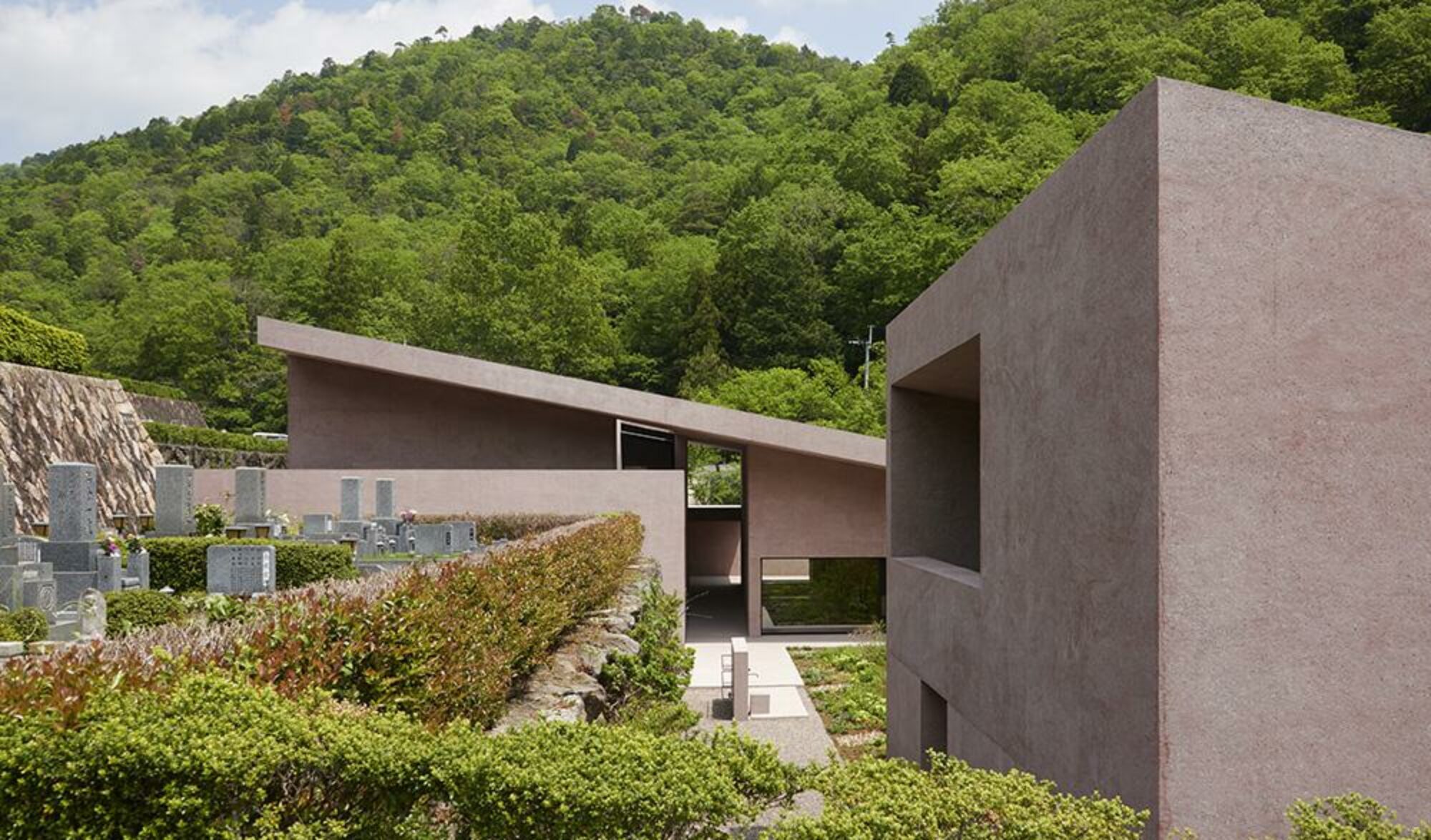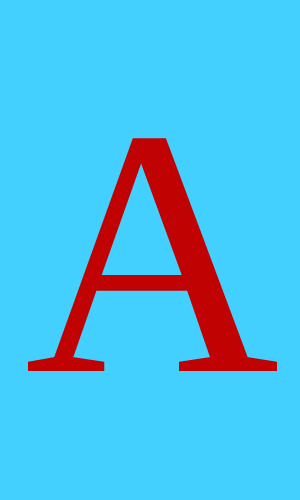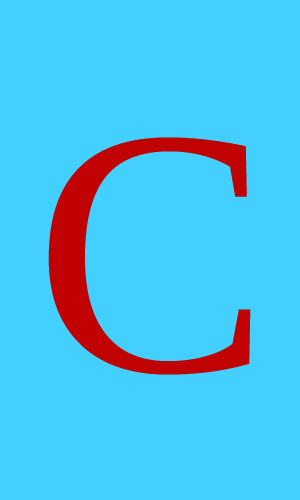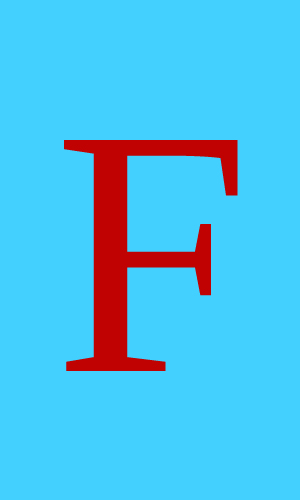Architecture Exercises
Less than 15 years of age, followed by a parent, guardian or teacher.
Over 15 years, followed by a tutor architect or a teacher.
.
Our online exercises, below, are based on the usual first-year architectural school work that we adapt to your desires in creative leisure.
Dear,
Welcome to the E3AU Laboratory’s online architecture exercises. Follow-up instructions by the parent, guardian or teacher are provided below. Please open page A first and follow the exercises one after the other. You will then open pages B, then C, …, to page F. The session times per exercise are indicated by age. The result requested for each exercise depends on age. This result is shown in the instructions at the end of each exercise page.
Wishing you good times,
E3AU Labs
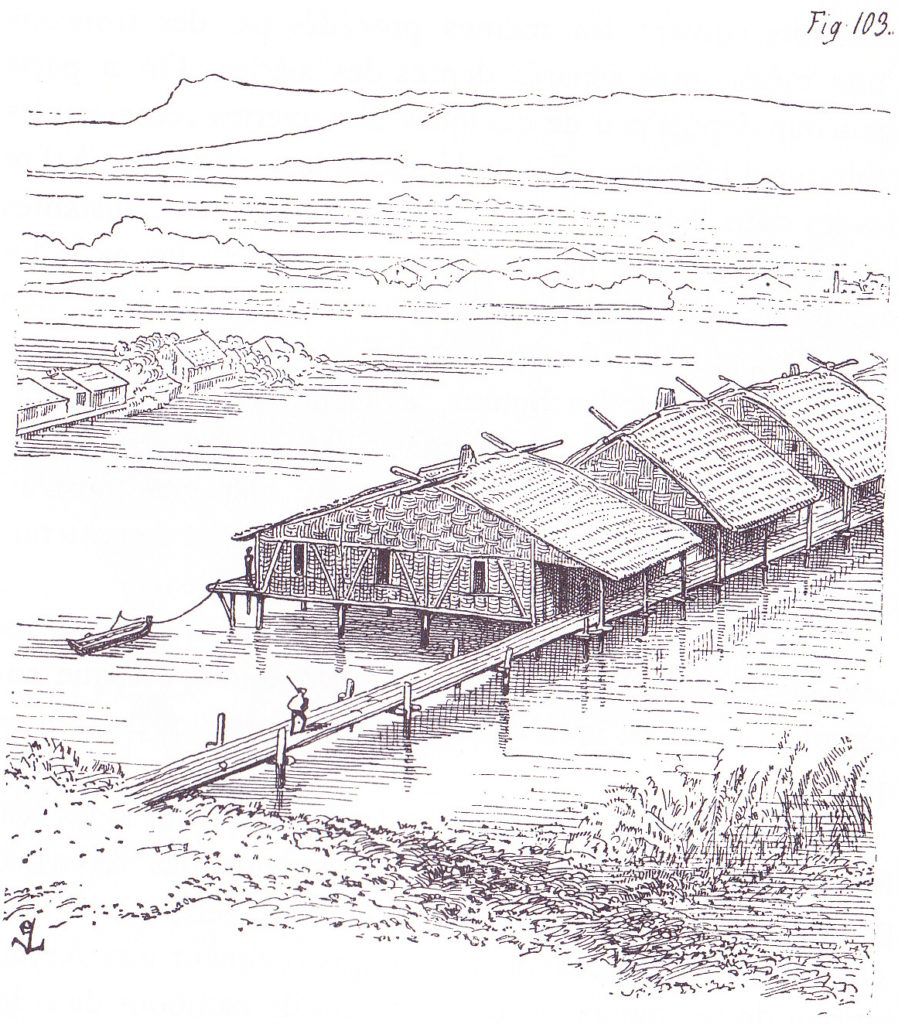
Initial instruction
To participate, it is very simple: take the list of materials and materials indicated on the previous page and install yourself a big hour to two small hours in a quiet and well lit place (facing north with large windows for example) in front of a large and clean desk and on a comfortable seat.
You have a problem with an exercise? please contact us (exercise code with the number of it), we will answer all your questions free of charge.
The instructor following the practitioner’s work must ensure that the exercise is completed at a sufficiently high speed. It shall also ensure that:
- iteration of the project [1]
- brief description of the client [2]
- list of the programme (brief specifications) [3]
- list of square meters per desired space [4]
- presentation in drawings, plans and models of the project [5]
- brief oral presentation of the project [6]
.
[1] ITERATION
Architecture is one of the few disciplines that cannot be learned masterfully. We cannot give you courses to learn and then do exercises that will lead you to know how to build a project. Only the manufacture of projects, step by step, projects after projects, will allow you to improve and thus to know how to do. Building a project will be the first step. Then you have to design your projects and then, if you’re really good, build your project.
[2] CLIENT(S)
Architecture is both a technical and an artistic discipline. Unlike other artistic disciplines, architecture must first find a client and make its project according to that client whether he is an individual, a public or private institution. Unlike other technical disciplines, architecture cannot be sufficient by an abacus depending on the client to meet the demand. You must therefore systematically describe a client with his first name, age, work & leisure.
[3] ROOM(S)
The architecture at the beginning looks like a TETRIS (famous video game) where you do not have to generate unnecessary voids in the building. However, the luxury that the architect can offer, whatever the building, is to offer additional space. However, unnecessary square metres and ceiling heights will quickly become spaces for project users that will generate malfunctions and, as a result, degrade the life of the client, that is, all users of this building.
[4] SPACE(S)
The architecture must provide sufficient space without being too large for each client’s need. As the square metres per space are easy to determine, the height under the ceiling and the shape in the three dimensions of each space are difficult to project. The architect builds a project for a client, who has his culture, his education, his hobbies, his education… The architect must, for the next thirty years, give spaces that will improve the life of the client.
[5] PRESENTATION
The architecture consists above all of presenting a set of drawings, plans and models in order to go towards the realization of the project with the client, that is to say, to build a building. So the work of the architect, before the construction is to present a ‘preliminary project’. The preliminary project is a fairly non-exhaustive representation and without profusion of details of the project that could then be built. The practitioner, Thus, should be quick and avoid presenting too many elements.
[6] ARCHITECTURAL IDEA
Architecture is philosophy. It is poetry, writing, painting, sculpture, dance, music… Behind living, equipping and trading, there is a culture. Every culture is based on a particular philosophy, a particular narrative. The story of the so-called Western twentieth century is that of the world tourist, a new man who is equally at home everywhere, from where an international style says modern whatever the continent, the territory. Will it be the same story in these times of disruption?

INSTRUCTIONS 6 to 8 years – Preparing to practice architecture
MAIN POINTS:
geometry, geometric scale, iteration, clients
INSTRUCTIONS 9 to 11 years – Practicing the plastic arts and calculation in construction
MAIN POINTS:
iteration, customers, rooms, spaces, ancient and medieval stories
INSTRUCTIONS 12 to 14 years – Start the practice of architecture
MAIN POINTS:
iteration, ancient and medieval history, modern history, spatial representations, model making, architectural idea
INSTRUCTIONS 15 to 17 years – Practice design and engineering in architecture and urban planning
MAIN POINTS:
iteration, modern history, spatial representations, constructive techniques, architectural idea, model nature, local natural materials
INSTRUCTIONS 18 to 20 years – Practice architectural conception
MAIN POINTS:
iteration, architectural idea, model nature, local natural materials, design, interiority
INSTRUCTIONS 21 to 23 years – Practice school exercises towards an architectural composition
MAIN POINTS:
iteration, conception, interiority, constructive emphasis, composition
INSTRUCTIONS 24 ans et plus – Travelling in the land of architecture
MAIN POINTS:
architectural idea, interiority, constructive emphasis, composition
